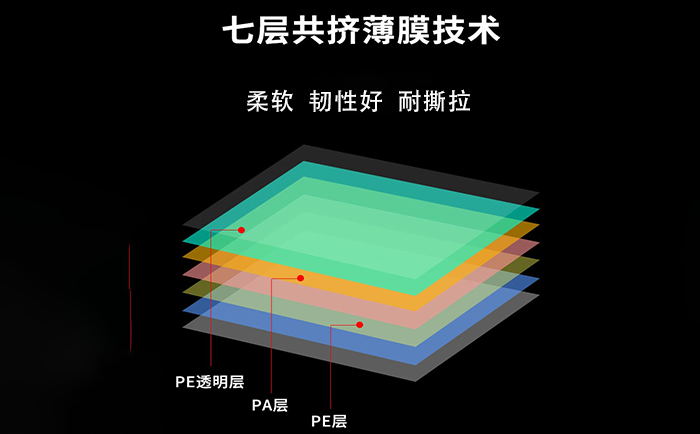Definition of flexible packaging film
In the general terms of national packaging, flexible packaging is defined as: flexible packaging refers to the packaging that can change the shape of the container after filling or taking out the contents. All kinds of bags, boxes, sets and packages made of paper, aluminum foil, fiber, plastic film and their composites are soft packaging. Generally, the sheet plastic with thickness less than 0.25 mm is called film. Flexible packaging plastic film has transparent, flexible, good water resistance, moisture resistance and gas resistance, good mechanical strength, stable chemical properties, oil resistance, easy to print fine graphics and text, can be heat sealed bag. It can meet the packaging needs of all kinds of goods. It is an ideal material for packing convenient food, packing articles, daily necessities and small packing goods in supermarkets.

In addition to the non tensile film type, there are biaxial tensile type, aluminum evaporation type, adhesive coating type, etc., and the heat-resistant type is also used for aseptic packaging products. Plastic film based flexible packaging printing plays an important role in packaging printing. According to statistics, since 1980, plastic packaging in some advanced countries in the world has accounted for 32.5% ~ 44% of the whole packaging field. Generally speaking, because the protection of a single film material for the contents is not ideal, so the composite film which combines more than two kinds of films into one layer is used to meet the requirements of food preservation and aseptic packaging technology. The outer layer material of the composite film is mostly made of materials which are not easy to scratch and scratch, have excellent optical properties and good printing properties.
